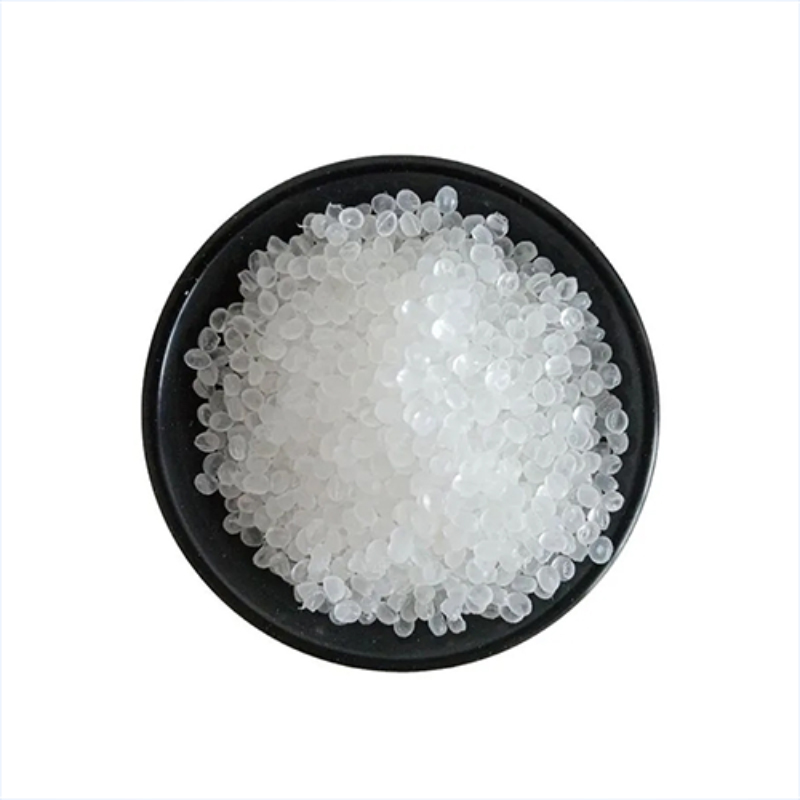(Advanced material)Beijing TDD E-commerce Co., Ltd
Retailer
CN Supplier
11 YRS
Main Products:
Advanced material
Established:
2014-12-18
Company Size:
2000
Plastic Food box PP food takeaway bento box Plastic Disposable Meal Prep Containers With Lids
Supplier Microwave Safe Stackable round Lunch Box Disposable Plastic Food Prep Container with lid.
Y450 Plastic packaging customized disposable round black pp lunch box
HuanYu ZhongTeng 4oz Clear Disposable PP Plastic Sauce Cup with Lids take away ketchup container
Beijing TDD E-commerce Co., Ltd
Online Store
CN Supplier
11 YRS
Main Products:
Titanium dioxide, pigments, fillers, alcohols
Established:
2014-12-18
Company Size:
2000
HUANGSHAN SHINING INK TECHNOLOGY CO.,LTD
Manufacturer/Factory
CN Supplier
1 YRS
Main Products:
gravure ink for plastic laminated film;
gravure surface printing ink for plastic film;
flexo ink for plastic laminated film;
flexo surface printing ink for plastic film.
Established:
-
Company Size:
-


















